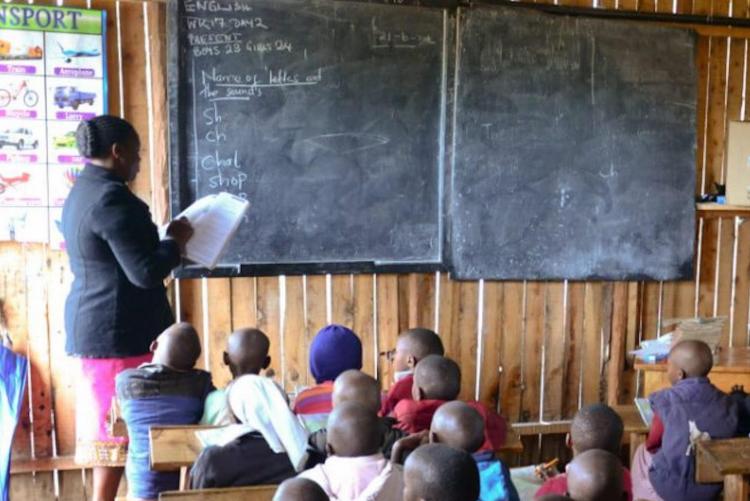By Dr. Martina Muthueu Mulwa
Following the closure of schools as a measure to mitigate the spread of COVID 19, over 1.5 billion learners across the globe found themselves locked out of their learning institutions. Among these were 18 million learners in Kenya (UNESCO, 2020, MoE, 2020) with 15 million of them being basic level learners in early childhood, primary and secondary level. Also affected were 150,000 children in refugee camps and 300,000 teachers among other categories of affected learners.
As an alternative to the classroom, the MoE commenced lessons on radio, TV and the cloud through the Kenya Institute of Curriculum Development (KICD), in addition to other numerous online solutions from private providers. However for millions of learners, especially those in remote and isolated areas, the poor and marginalized and those living with disabilities, learning stopped indefinitely due to the challenges posed by these alternatives among them electricity, internet access, cost of smart phones and TV’s among others.
You can read the full article by Dr. Martina Mutheu Mulwa on our Research and Innovation Blog:https://uonresearch.org/blog/

